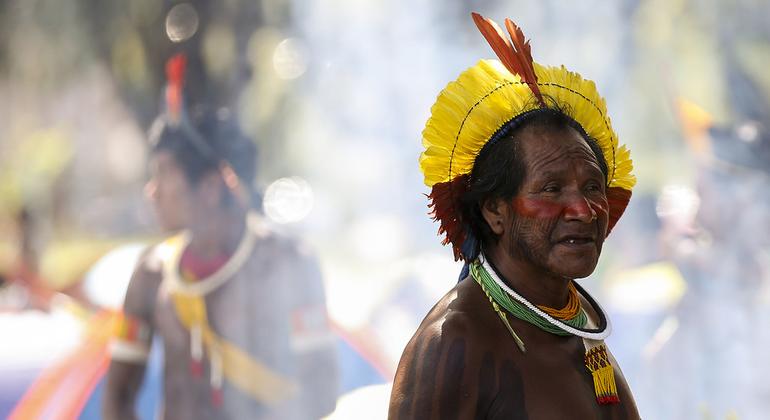By Paula Gerber
Much has been written about the “yes” and “no” campaigns for the Voice. Less has been written about the actual chances of the referendum being successful. There are lots of ways that we can try to determine the probability of the referendum being carried. We can look at polls. We can analyse the merits of the different campaigns. We can even look at the odds betting agencies are giving on the outcome. We can also look at history.
Australia has had 44 referendums, with only eight being successful. That represents a success rate of just 18.8%. However, we get a lot more insight by taking a nuanced look at the history of referendums in Australia, rather than just counting successes and failures.
For a referendum to carry, there needs to be a double majority, that is,
- a majority of voters in a majority of states (a minimum of four of the six states. The Northern Territory and ACT are not included in this aspect of the double majority)
AND
- a national majority of voters (more than 50 per cent of the Australian voting population say yes).
The most recent figures indicate that there are 17.3 million Australians who are enrolled to vote, so in addition to a majority in four states, around 8.65 million “yes” votes will be needed for a successful referendum.
Although only eight referendums have been successful, 13 referendums achieved more than 50% of the national popular vote, but did not achieve a majority vote in four or more states.
Tasmania has always been on the winning side in the successful referendums; in each of the eight referendums that were carried, Tasmania had a majority of voters in support of the referendum. The most recent Roy Morgan poll, conducted between26 – 29 May, revealed a clear plurality of people in Tasmania are in favour of the Voice, saying they will vote ‘Yes’.
For Tasmania to be one of the four states voting “yes”, requires that approximately 208,000 Tasmanians support the Voice in the referendum. This would represent 50% of the 416,366 eligible voters. However, some eligible voters have not yet registered to vote. According to the Australian Electoral Commission, as at 31 December 2022, there were 13,495 Tasmanians over the age of 18 who had not yet registered to vote. As voting in referendums is compulsory, these unregistered electors will need to get on the electoral roll within seven days of the federal Government issuing the ‘writ’ for the referendum (the document directing the Australian Electoral Office to hold the referendum).
The eight successful referendums included the very first referendum in 1906, which related to changing the start date for terms of senate to coincide with the House of Representatives, and the most recent successful referendum in 1977, which introduced a mandatory retirement age of 70 for federal judges.
The referendum that bears the most similarity to the one we will be voting in later this year is the 1967 referendum, which is the only other referendum that has been about Indigenous Australians. That referendum asked voters whether Indigenous Australians should be counted as part of the Australian population. It was the most successful referendum in Australian history. Every state and territory secured a majority vote, with Victoria (94.68%), New South Wales (91.46%) and Tasmania (90.21%) recording the highest levels of support.
What can we learn from the 1967 referendum? One of the factors that contributed to its success was support from both major sides of politics. There was no formal “no” campaign. However, this does not mean there was not opposition. Western Australian newspapers advocated strongly for a “no” vote on several grounds, including the lack of detail about the proposed change that was provided ahead of the referendum. While Western Australia recorded the lowest “yes” vote of any state (80.95%), there was still a clear majority in favour of counting Indigenous people as part of the Australian population, with the electorate clearly unswayed by the “lack of detail” argument.
Whether there is bipartisan support for the referendum on the Voice is open for debate. Federal politicians such as Peter Dutton, Pauline Hanson and David Littleproud have loudly proclaimed their support for a “no” vote. However, they are increasingly becoming outliers in their own parties. New South Wales Member for Calare, Andrew Gee, was the first federal Nationals MP to resign from the party in response to the Nationals opposing the Voice, and the West Australian branch of that party has declared that they support the Voice. Similarly, there have been several high-profile members of the Liberal Party who have resigned their party membership or portfolios or distanced themselves from Peter Dutton on this issue, including, Ken Wyatt, Julian Lesser, Bridget Archer, and, of course, Tasmania Liberal Premier Jeremy Rockliff.
With so much dissension within the Liberal Party ranks, it can be argued that there is a degree of bipartisan support for the Voice, and that just like the 1967 referendum, the country will come together in a resounding vote of support for our continuing journey of reconciliation with the First peoples of Australia.
Professor Paula Gerber is a Professor in the Monash University Faculty of Law and an Academic Member of the Castan Centre for Human Rights Law.
This article was originally published in the print version of The Mercury on 7 June 2023.


